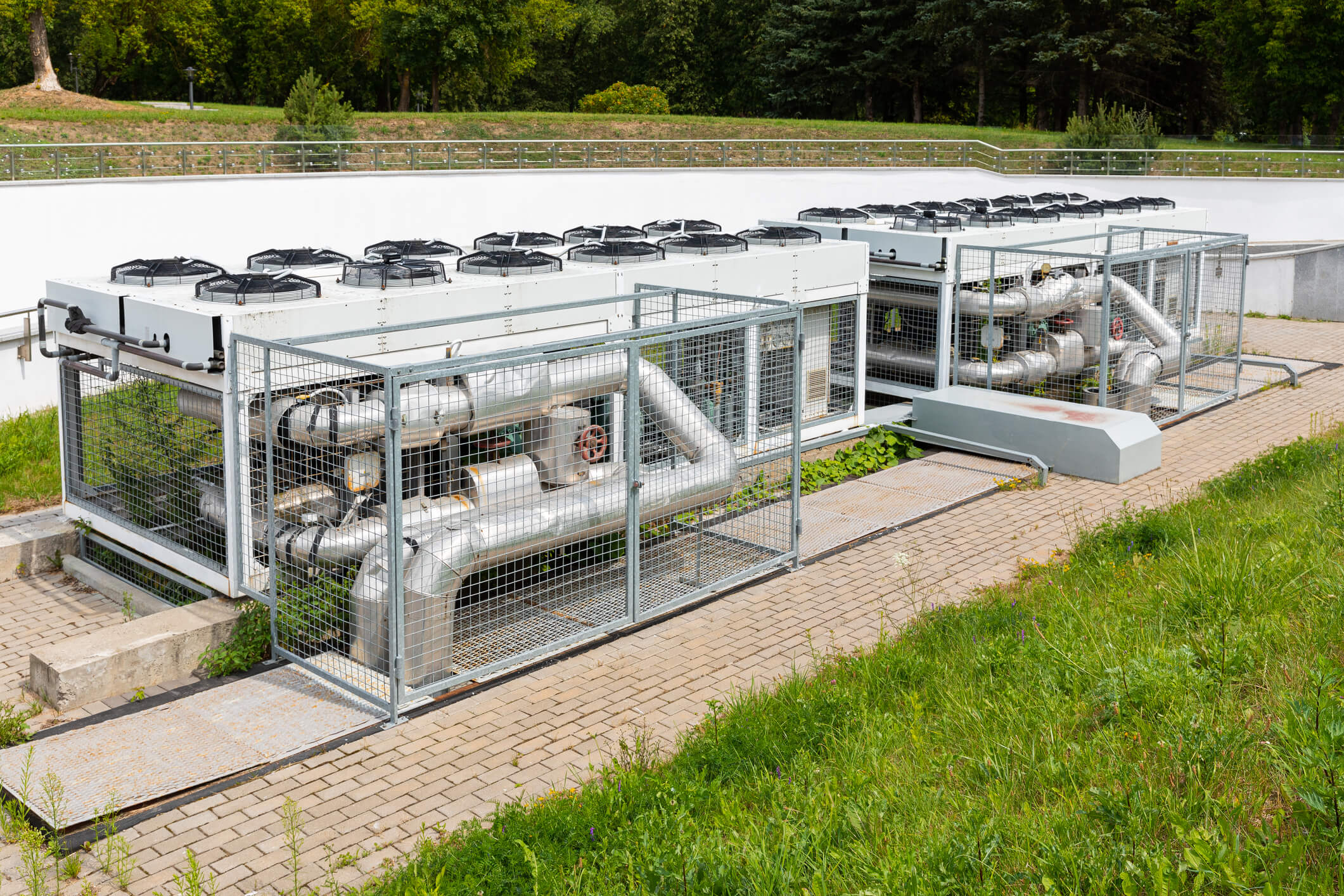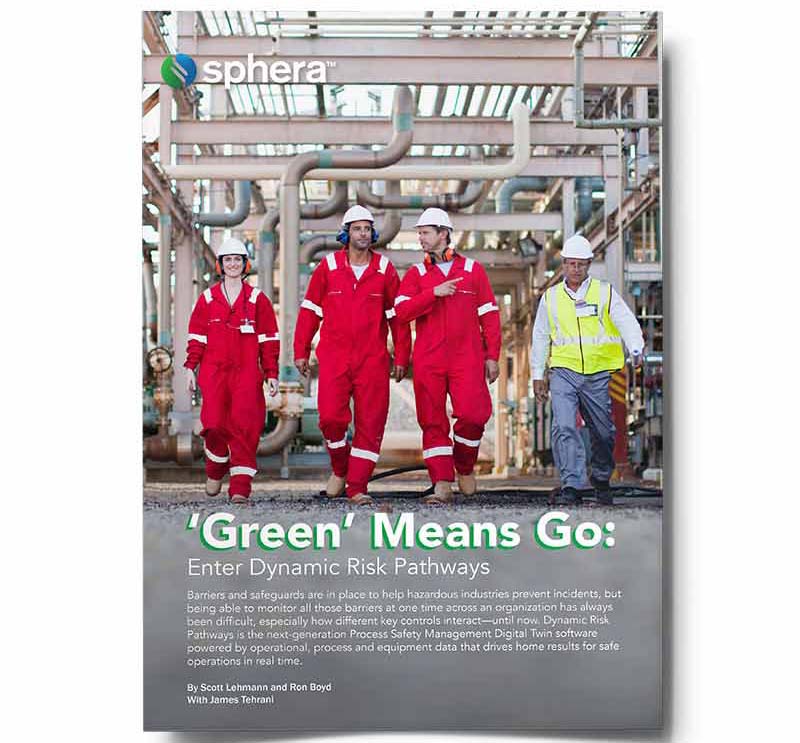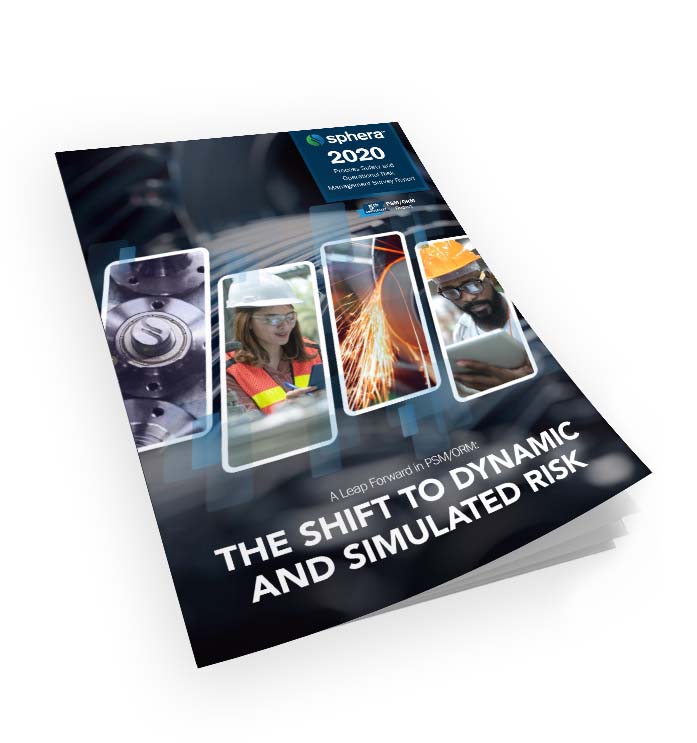With the U.S. Environmental Protection Agency’s Feb. 26, 2020, announcement for revocation of the leak repair and reporting requirements for air conditioning and refrigeration systems/circuits that contain 50 or more pounds of “substitute refrigerants” (i.e., hydrofluorocarbons [HFCs] like R-134a, R-404A, R-410A, R-507) they will allow refrigerant to be added with no requirement for leak repair or leak inspections.
This is contradictory to the Clean Air Act prohibition on venting substitute refrigerants. “Section 608 prohibits individuals from intentionally venting ODS [ozone-depleting substance] refrigerants (including CFCs [chlorofluorocarbons] and HCFCs [hydrochlorofluorocarbons]) and their substitutes (such as HFCs), while maintaining, servicing, repairing or disposing of air conditioning or refrigeration equipment.”
Adding HFC refrigerant to a system, other than design changes or initial startup, constitutes a leak. Refrigerant charges in systems are fixed quantities and if additional refrigerant is needed, it is because of loss through leaks, which need repair to stop the leaking. Otherwise, refrigerant added to the systems will eventually leak out. Leaks don’t get better, and they don’t repair themselves. If technicians keep adding refrigerant to a system, is that not, in effect, intentionally venting?
Why So Serious?
- Could owners and managers who instruct technicians to continually add refrigerant to leaking systems—instructing them to vent refrigerant—be held criminally liable and culpable?
- Adding refrigerant to leaking systems is expensive. Refrigerant can cost anywhere from $10 to $100 per pound.
- Leaking systems use more energy. Studies have shown that for every 1% of refrigerant charge missing, the system uses 1% more energy.
- Leaking systems fail sooner than non-leaking ones. Capital budgets count on 20 years of useful life instead of 12 years.
- Leaking systems don’t perform to specification, which can lead to product defects, perishables perishing, comfort cooling not adding comfort, indoor air quality deteriorating and electronics overheating and failing.
- Leaking systems are dangerous. Exposure to refrigerant vapors can cause asphyxiation, heart arrhythmia, frostbite and even brain damage. Technicians and building occupants could be at significant risk.
- The majority of systems installed in the United States and abroad contain HFC refrigerants. New systems sold in the U.S. contain HFCs with some low global warming potential refrigerant choices becoming available, like hydrofluoroolefin and hydrofluoroether refrigerants, but where is the incentive to transition to them when companies are allowed to run leaky HFC systems?
- The International Organization for Standardization (ISO) requires environmental and safety compliance in accordance with international treaties to allow companies to trade internationally. If U.S. companies are venting HFCs and European Union companies are not, isn’t there a commercial disadvantage where companies skirt repairs, regulations and treaty obligations? Could this lead to a reduction in international demand for U.S. products?
- Which treaty? The Montreal Protocol was updated and approved in 2016 by all signatory nations, including the United States. The 2016 Kigali Amendment included commitments to reduce emissions of HFCs and phase down use in new systems in the coming years. The Montreal Protocol is legally binding with mandatory targets for countries.
- HFC refrigerants are among the most potent greenhouse gases with high global warming potentials that are hundreds to thousands of times more potent than CO or methane. One pound of R-404A from a freezer is comparable to almost 4000 pounds of CO2. Fixing leaks is one of the easiest ways to address global warming and climate change.
- European-owned facilities in the United States follow EPA regulations. But if those regulations allow leaking HFC refrigerants, that is contradictory to EU F-Gas refrigerant regulations. It is certain that those companies will instruct their U.S.-based facilities to repair HFC leaks as the EU has not reneged on its Montreal Protocol obligations as the U.S. did effective Feb. 26, 2020.
Since we first started Refrigerant Compliance Management Software in the 1990s, our mantra has been to reduce refrigerant emissions for all refrigerants whether ozone-depleters or global warmers, or both. For all the reasons listed above, and many more, it is in everyone’s best interest to embrace this philosophy to make a safer, more sustainable and productive world.









